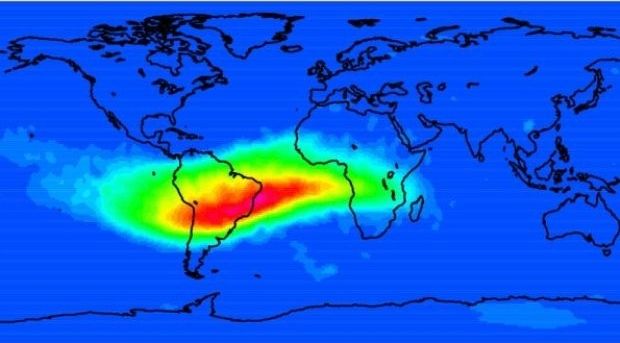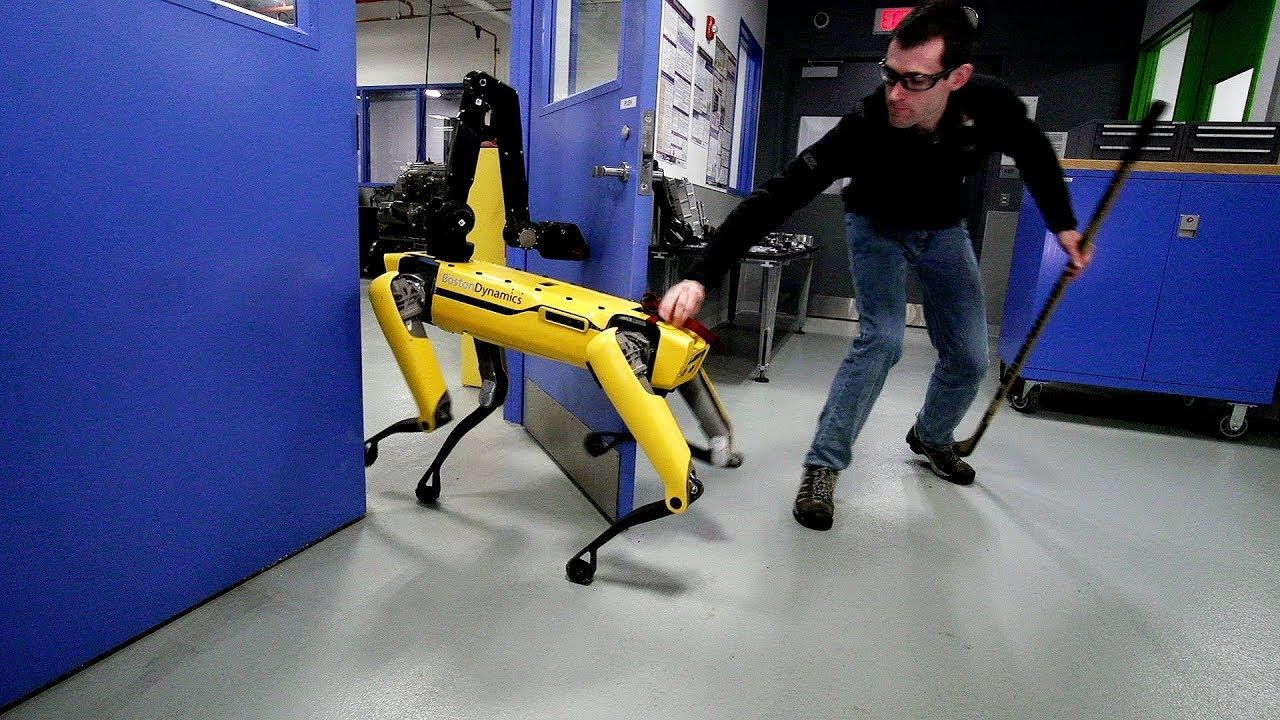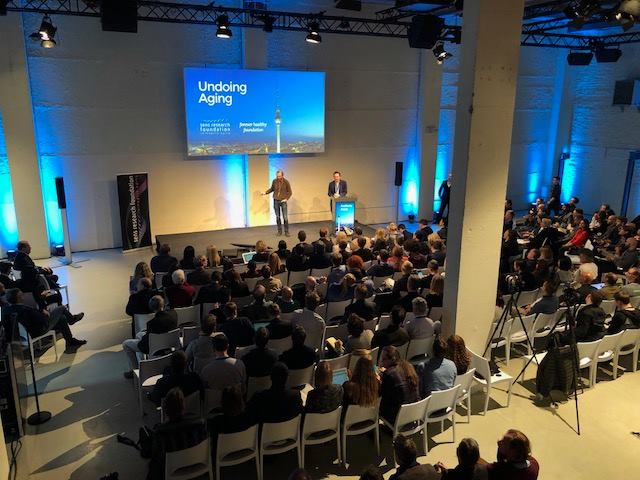This piece originally appeared at the Institute for Emerging and Evolutionary Technologies website. It is dedicated to Leon Festinger.
Transhumanism is more often regarded as a faith by its detractors than its supporters. For my own part, I have long argued that the signature themes of transhumanism – especially the preoccupation with intellectual immortality and physical resurrection – bear the marks of Abrahamic theology. Indeed, without that theological backdrop, transhumanism’s zeal for mind uploading and cryonics looks simply bizarre. However, in this context, transhumanists can reasonably argue that they are scientifically delivering on those original theological promissory notes. Nevertheless, there remains the potentially pejorative sense of ‘faith’ lurking in what might be called transhumanism’s sense of eschatology – that is, its account of when, how and to whom those promissory notes will be delivered.
History shows that any humanly conceived idea is eventually realized in some form. Most of these ideas are realized fairly shortly after conception and in more or less the manner intended by their conceiver. However, many of the most important ideas – the ones that profoundly alter humanity’s self-understanding — are only realized much later and typically in a context quite alien to those who originally conceived them. Norbert Wiener famously observed that the possibility of an artificial intelligence was first raised in Talmudic discussions of the Biblical Golem. One of the goals of medieval alchemy was the creation of life from non-living materials. As for space travel and the search for extraterrestrial intelligence, they became staples of speculative thought starting with the European Renaissance’s unprecedented confidence in the power of human ingenuity. But in all these cases, the ideas have taken 500‑2000 years to be realized – and many have yet to fully satisfy the ambitions of their conceivers.
Continue reading “The Transhumanist Test of Faith” »

















